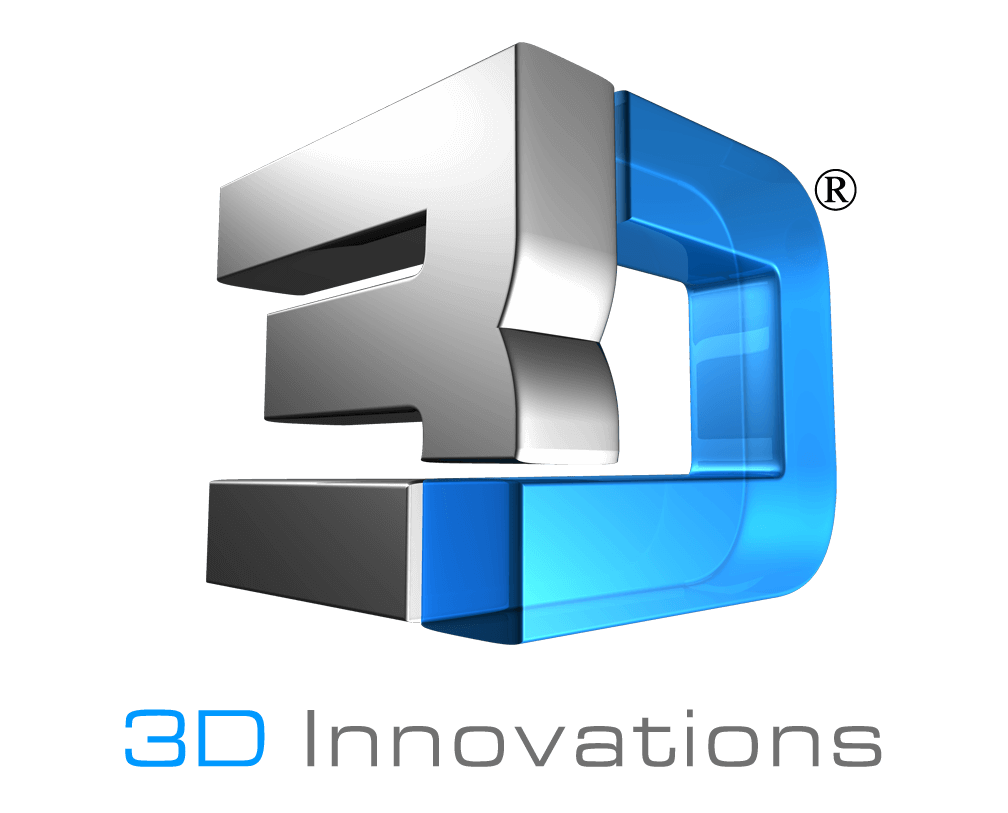Additive Manufacturing, commonly known as 3D printing, is ripe for innovation in 2017. 3D printing technology has been evolving at a rapid rate since it caught the attention of makers and the public alike in 2009. Though the technology dates back to 1986, it wasn’t readily accessible to the public until 2009, when the first commercial 3D printer kit was offered for sale. Since 2009, additive manufacturing technology has transformed in itself, while simultaneously transforming the business and manufacturing landscapes as well. Below are three ways that additive manufacturing will continue to alter the manufacturing industry in the coming year.
Transform the Manufacturing Industry Landscape
Over the past ten years, 3D printing has transformed from a primarily prototyping technology to one suitable for making quick-to-market products, specialized designs, and low-volume production runs. It is natural to assume the technology will continue to advance and become more sophisticated.
“Two-thirds of manufacturers use 3D printing in some way, and 25% plan to adopt it in the future.” (CES 2017)
While companies are not giving up their existing manufacturing methods, they are beginning to integrate 3D printing into these more traditional practices. Manufacturers see 3D printing as a way to cut down on the time and costs of injection molding processes, thus making product development cheaper and more efficient. For product development and on the manufacturing floor, CAD software allows for quick design updates and 3D printing is able to quickly adapt to these changes. Additive manufacturing will continue to be a supplement to existing manufacturing techniques.
Smart Automation Will Take Shape
As the technology advances, automated 3D printing systems will become more advanced. The current pre-programmed automation efforts are error prone and lack the ability to self-correct. New, intelligent, automation is right around the corner. This new automation will be able to self-correct and adapt to changing design modifications. “The process will monitor itself as it is being printed and either correct the process or reject the part when problems occur. The nature of 3D printing and the continuous, high-inspection requirements make ‘smart automation’ a better fit in the long-term for the manufacturing processes than older programmable robotic approaches.”
Reduce Time-to-Market Even Further
In Gartner’s 2016 annual predictions about the future of 3D printing, the report indicates that 3D printing will continue to reduce new product development timelines—as much as 25% by 2020. Companies across a wide range of industries have been using additive manufacturing to speed up prototyping processes. Using 3D printing, companies are better equipped to turn out prototypes, test them, present them to clients, adjust and tweak them, and repeat. As Gartner states, “The number of iterations enabled by rapid and iterative prototyping results in short new-product development time, lower development costs and fewer finished goods defects.”
3D printing is having quite an impact on the industrial sector and demonstrating huge potential for the future of consumers. What shape that potential will take is still unfolding before us.
Garnter’s full report can be found here.
_______
3D Innovations is a Product Development Company – from the 3D Design to a fully functional 3D Prototype & Product.
Subscribe to the 3D Innovations newsletter on our Facebook page!

